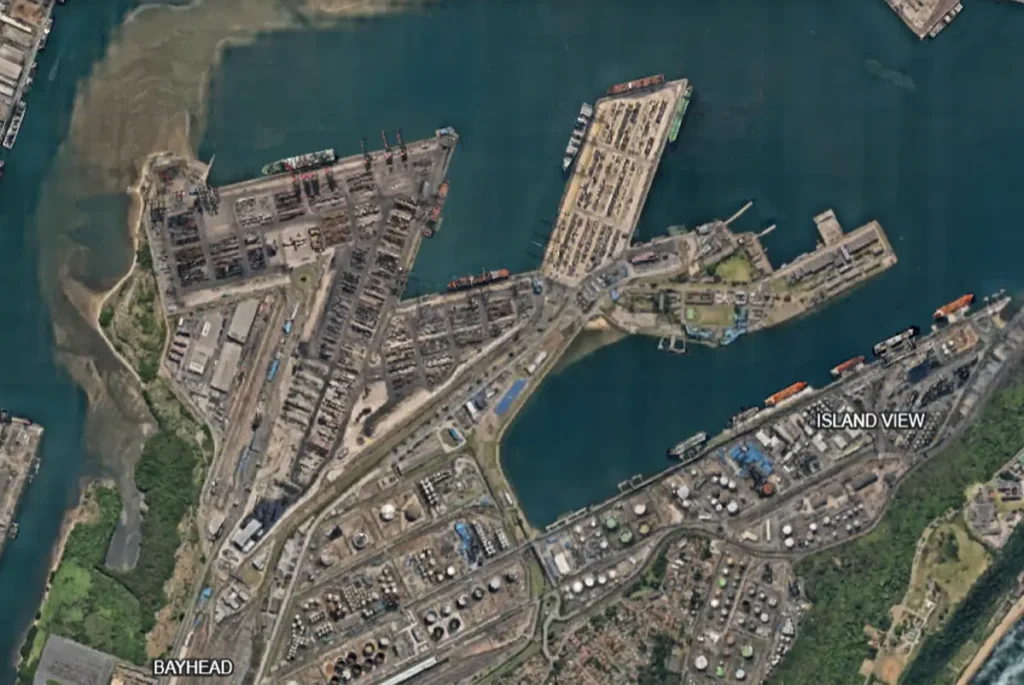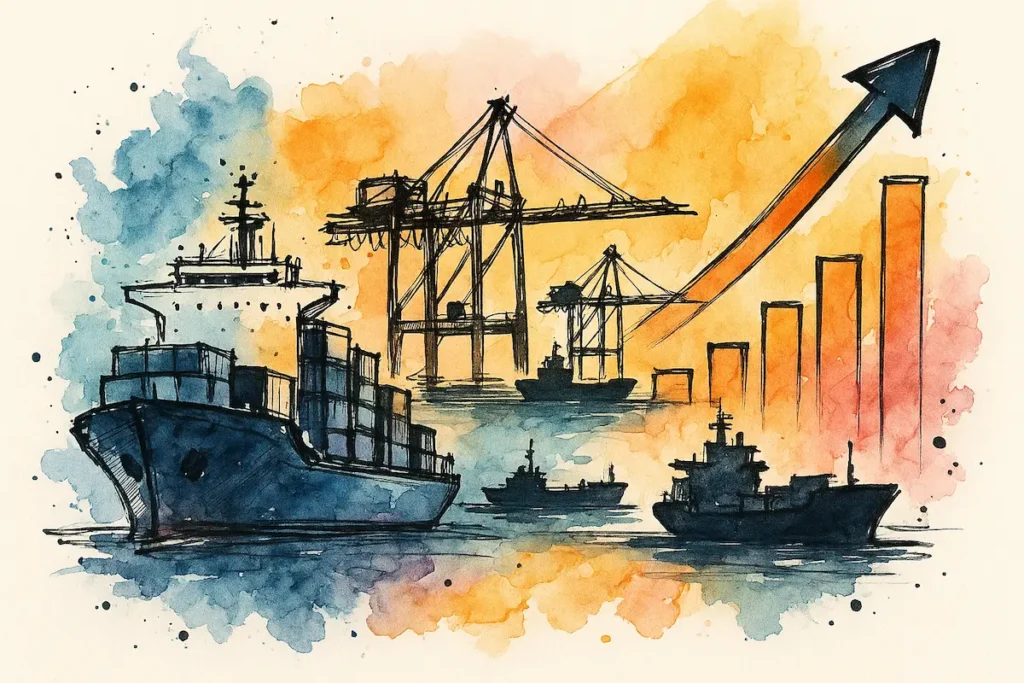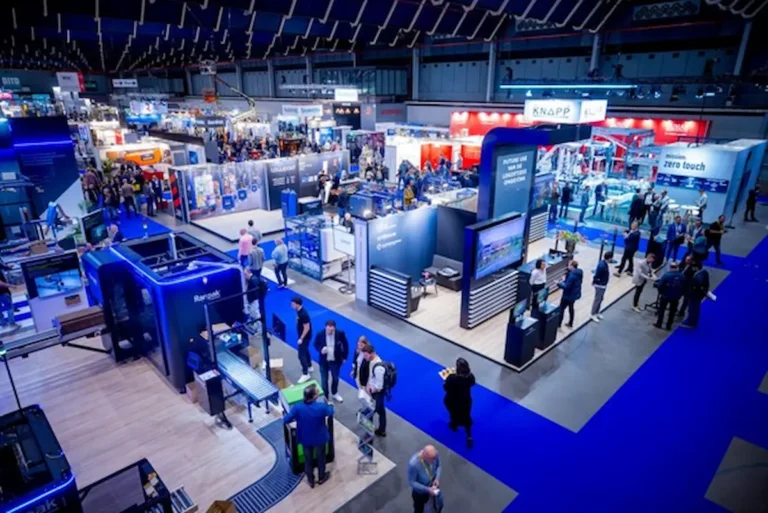When a container ship carrying everyday consumer goods sails across the oceans, we seldom stop to think that it may also be carrying chemicals with the potential to self-ignite and explode..
That is precisely what happened on 9 August 2024, when the YM Mobility, a Liberian-flagged container ship, suffered a fire and explosion while berthed at Ningbo-Zhoushan Port, China..
The incident, caused by a single container of tert-butyl perbenzoate (TBPB), destroyed cargo, severely damaged the ship, and resulted in direct economic losses of approximately 90 million yuan..
While no casualties were reported, the accident underscores how small lapses in handling dangerous goods can have catastrophic consequences..
What happened..??
At around 13:30 hrs, crew members noticed smoke and liquid leakage from a refrigerated container carrying TBPB, a hazardous Class 5.2 organic peroxide..
Within minutes, white smoke turned into thick plumes, and by 1346 hrs, the container exploded..
Several nearby containers disintegrated, others fell into the sea, and parts of the vessel’s hull and deck were deformed by the blast..
Emergency teams responded swiftly, deploying firefighting tugboats, chemical emergency vessels, and over 50 fire trucks.. Thanks to timely evacuation and coordinated firefighting, the blaze was contained without loss of life..
Key issues identified in the investigation
The official investigation by China’s Maritime Safety Administration highlighted several contributing factors:
- Thermal instability of TBPB
TBPB is highly unstable and prone to self-decomposition at elevated temperatures, releasing massive heat and gases.. Simulation experiments showed its decomposition could reach 800°C—a catastrophic risk if not temperature-controlled.. - Use of unplugged refrigerated containers
Instead of transporting TBPB in actively cooled reefers, it was shipped in unplugged refrigerated containers.. While such containers provide insulation, they trap heat and worsen thermal runaway risks.. - Extreme summer heat
Shanghai and Ningbo recorded daily highs above 35–40°C during July and August 2024.. Storing TBPB containers outdoors under these conditions accelerated decomposition.. - Gaps in cargo booking and review
Both shipper and carrier failed to fully assess the risks of transporting Class 5..2 goods in such conditions.. There was negligence in approving the transport plan without safeguards against summer heat.. - Cascading consequences
Once the thermal runaway began, the reaction was unstoppable.. The explosion damaged adjacent containers, parts of the YM Mobility, and disrupted port operations..
Recommendations and measures to mitigate future risks
The report issued several safety management recommendations directed at both carriers and cargo shippers:
– Advertise here –
For carriers
- Stricter review of booking plans for Class 5.2 dangerous goods, especially regarding container type and environmental factors..
- Mandate active temperature control for organic peroxides and similar cargo, particularly during hot weather seasons..
- Enhance crew training to identify early warning signs of thermal runaway and execute swift emergency responses..
For shippers
- Accurate cargo declarations with full technical specifications and handling requirements..
- Avoid using unplugged reefers for goods requiring temperature stability, regardless of cost-saving pressures..
- Pre-shipment risk assessments to consider packing time, route duration, and environmental conditions..
Broader lessons for the industry
The YM Mobility case is not an isolated incident.. Similar accidents involving organic peroxides, misdeclared cargo, or improper stowage have caused catastrophic fires at sea.. The key takeaways for global shipping are clear:
- Dangerous goods compliance must be absolute, not optional..
- Digital tools for cargo risk management (e.g. real-time reefer monitoring, automated booking review) can help prevent oversight..
- Collaboration across shippers, carriers, ports, and regulators is essential to strengthen the chain of accountability..
Conclusion
The YM Mobility explosion serves as a stark reminder that one misjudgment in dangerous goods transport can threaten lives, assets, and supply chains..
The industry must heed the lessons: stronger risk assessment, stricter enforcement of IMDG rules, and smarter use of technology to safeguard maritime trade..
As global shipping grows more complex, the safety of crews, vessels, and cargo depends on every stakeholder taking dangerous goods management seriously, because when it goes wrong, as the YM Mobility shows, it goes wrong catastrophically..














